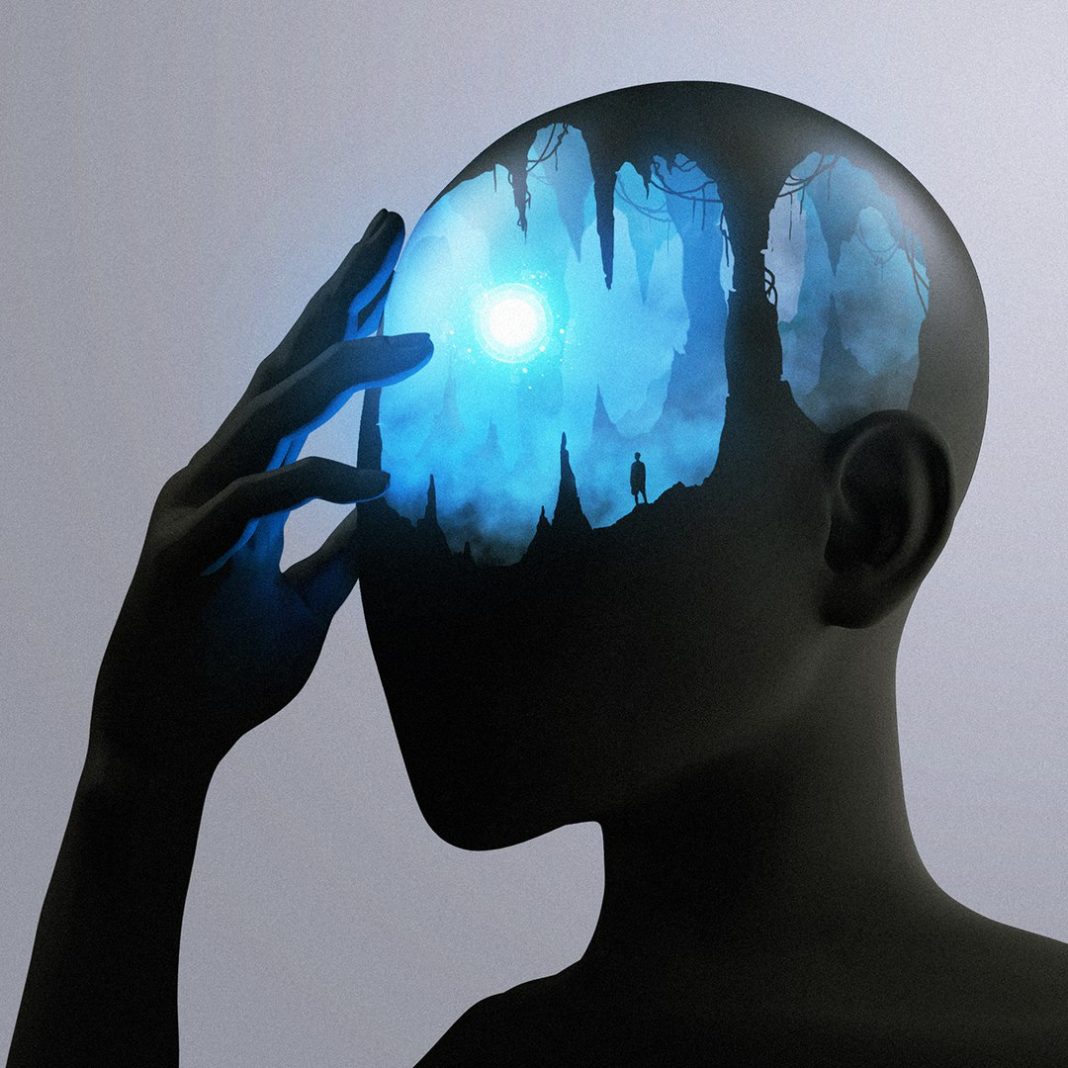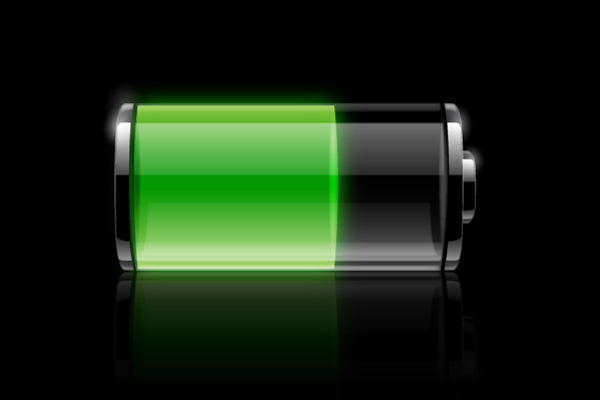Kernel is neuroscience startup that was founded by Bryan Johnson last fall using more than $100 million of his own funds. His purpose is to try and better understand the human brain in hopes that one day we can all have computer chips inside them to enhance them. Medical applications are being explored first, but Johnson is hopeful that eventually, the company will move on to developing ways to make us smarter and healthier by the use of a little chip.
Although Johnson doesn’t have a lot of experience in neuroscience, what he does have is money and experience in the business. In 2013 Johnson sold his payments company to Paypal for $800 million. Ultimately his goal is to enable humans to be able to compete with the likes of artificial intelligence (AI) on a digital level. He also intends to improve neurodegenerative disease and human cognition. Johnson said, “We know if we put a chip in the brain and release electrical signals, that we can ameliorate symptoms of Parkinson’s. This has been done for spinal cord pain, obesity, anorexia… what hasn’t been done is the reading and writing of neural code. What I wanted to do was work with the brain the same way we work with other complex biological systems like biology and genetics.”
If things keep progressing in the way Johnson hopes, then Kernel will become one of the leaders in this field of brain hacking. But, it’s not as easy as it sounds, and very few people in the world have multi-electrode arrays implanted in their brains and are often only used as a last resort. Also finding patients to work with can be tricky as only those with severe neurological conditions would be the right candidates to give the team the answers they need. Blake Richards, a neuroscientist and assistant professor at the University of Toronto, is skeptical of Johnson’s goals. He believes it will take years of work to understand the brain as we don’t even know how simple everyday tasks like strong and recalling information works. “The computations and algorithms carried in the brain are still largely mysterious to us.”
But this skepticism doesn’t deter Johnson one bit. Even if takes decades of research and billions of dollar of investment, he is determined to reach his goals. After selling his previous company to Paypal, Johnson wanted something to give in that would make a difference and talked with friends and experts to see where he could be of the most use. Eventually, he decided that neuroscience was the way to go as had the most potential. “Intelligence is the most precious and powerful resource for humans. We’ve always built these tools, starting with the rock, thermostat, calculator. Now we have AI. Our tools and [digital] intelligence are increasing at great velocity” stated Johnson. So Johnson’s next move involved teaming up with others in the field to begin exploring the possibilities of neuroprosthetics. This included creating implantable devices that could mimic, assist, or substitute certain functions within the brain.
First, the company is concentrating on using implantable devices for medical uses and is developing its own hardware and software to do this. The team is hoping that the chip could help those suffering with Alzheimer’s, epilepsy, or dementia to name just a few and is being supported by Theodore Berger, a professor of biomedical engineering at the University of Southern California, in research and expertise. More important name in the business that’s played a big part of helping Kernel succeed is Kendall Research Systems (KRS) and KRS CEO and founder, Christian Wentz; professor of biological engineering and cognitive sciences at MIT, Ed Boyden; and neuroscientist Adam Marblestone.
Chad Bouton, vice president of advanced engineering and technology at the Feinstein Institute for Medical Research, said, “What I often say is we are trying to crack the neural code in the human body. If we can crack the neural code, then we can unlock so many doors. We can crack the code in the motor area of the brain. But if we could crack the code in the rest of the nervous system, and understand these messages passing back and forth, we would be able to diagnose better and treat diseases.”
After using the implants in medical treatments, Johnson wants to see them used in a way to augment human intelligence where the human brain becomes much faster, smarter, and more creative than ever before. Johnson said, “I think if humanity were to identify a singular thing to work on, the thing that would demand the greatest minds of our generation, its human intelligence, specifically, the ability to co-evolve with artificial intelligence.”
More News To Read
- IBM Hopes to Make Machine Learning Mainstream
- Climb inside an Artist’s Body with New This Virtual Reality Artwork
- New Survival Sim Demonstrates AI Can be Hostile or Cooperative
- Control How Facebook Tracks You When Online With This Helpful Tool
- Yale Professor Fights for Tighter Measures in Cardiac Procedures











